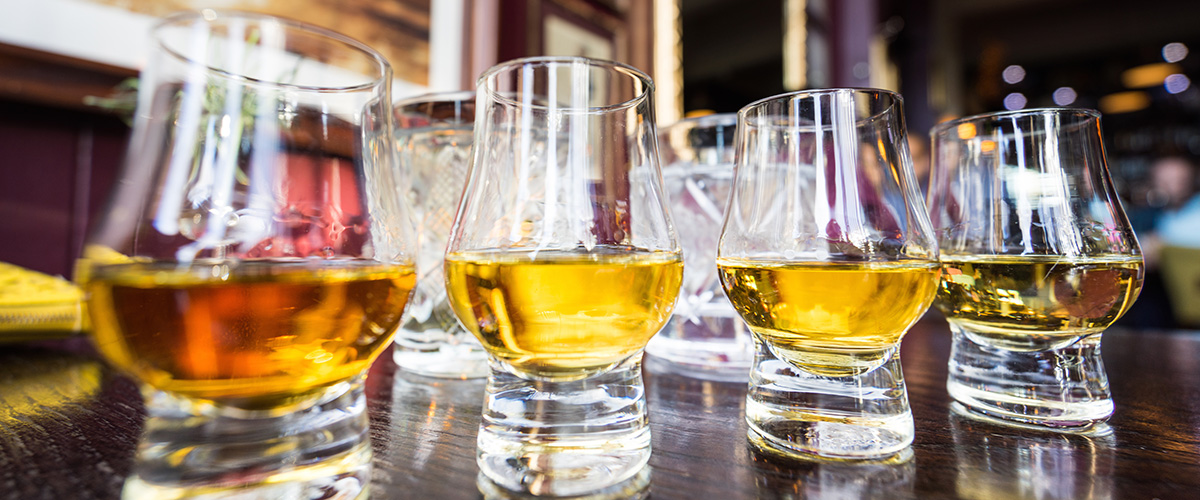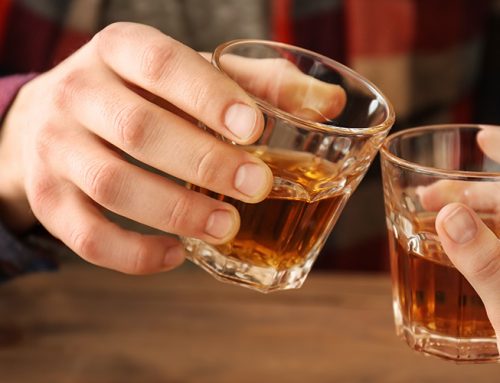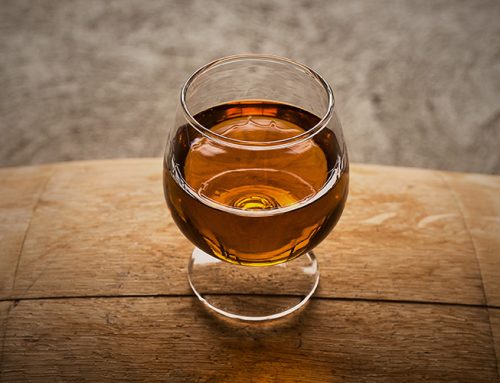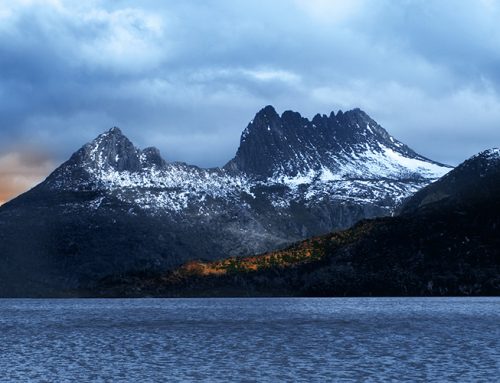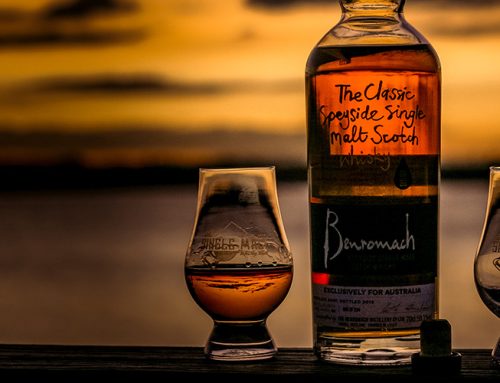HOW SINGLE MALT WHISKY IS MADE… OUR WHISKY GUIDE ON HOW THE AWESOMENESS COMES ABOUT
From the raw barley and the local peaty spring water through to the bottled whisky, making single malt whisky is a process steeped in tradition and mystery.
In essence – the recipe is the same for every single malt whisky. Malted barley + Yeast + Water. Think about that. Every single malt whisky you’ve tasted has had the same 3 ingredients. The huge smoky malts, the delicate whiskies, sweet sippers right through to the driest of drams – no matter where in the world it is made – if it’s a ‘single malt whisky’ it is made from the same 3 ingredients – barley, water and yeast – and is distilled in batches in copper pot stills.
Here’s a quick summary of the process of making ‘new make’ spirit. New make refers to whisky that’s right out of the stills – before it hits the casks for it’s ageing process.
- Barley is harvested
- Soak the barley in water (local spring water is used)
- The wet barley is spread out and allowed to germinate for 8 to 10 days.
- The germination is stopped by drying out the barley. This process is called ‘malting’ and is usually done by drying the barley in large peat-fired kilns. The peat used to fuel these kilns burns very smoky, and this smoke becomes impregnated into the grains leaving the traditional smoky, peaty flavour prized in Scottish malts.
- The malt is ground into ‘grist’ in a ‘grist mill’ (funnily enough!!)
- The grist is soaked in a large vat of heated local spring water (containing peaty flavours which imparts further flavour to the grist). The hot water is then drained, then more hot water added. This draining/soaking is repeated several times. This process completes the conversion of the starches into sugar in the grist. This sugar is then dissolved into the hot water, creating a sweet liquid known as ‘wort’.
- Yeast is added to the wort, and fermentation begins!! At this point the process is very similar to beer brewing.
- After 2-3 days, the fermented wort (now known as ‘wash’, about 5 to 9 percent alcohol) is given its first distillation to separate the flavours, alcohols, esters and various other ingredients from the wash. This process is repeated once more to produce what is known as ‘low wines’ which contains about 20 – 25 percent alcohol.
- A second distillation is then carried out to purify and concentrate the low wines. The first distillate out of the low wines is known as ‘foreshots’ and not really drinkable (and in typical Scottish style, is not thrown away, but added to the next batch of low wines before secondary distilling). After the foreshots are distilled out, the next distillate is known as the ‘middle cut’ and it is this that is the basis for the whisky we all know and love. A third distillate is then separated (the ‘feints’) which, like the foreshots is added to the next batch of low wines before distilling.
- The colourless proof is then either sold to blenders (yuck!) or is matured in casks to produce (after a number of years) the single malt whisky that we know so well.
And this is how the magic comes about. You can check out all of our Previous Whisky Releases.
